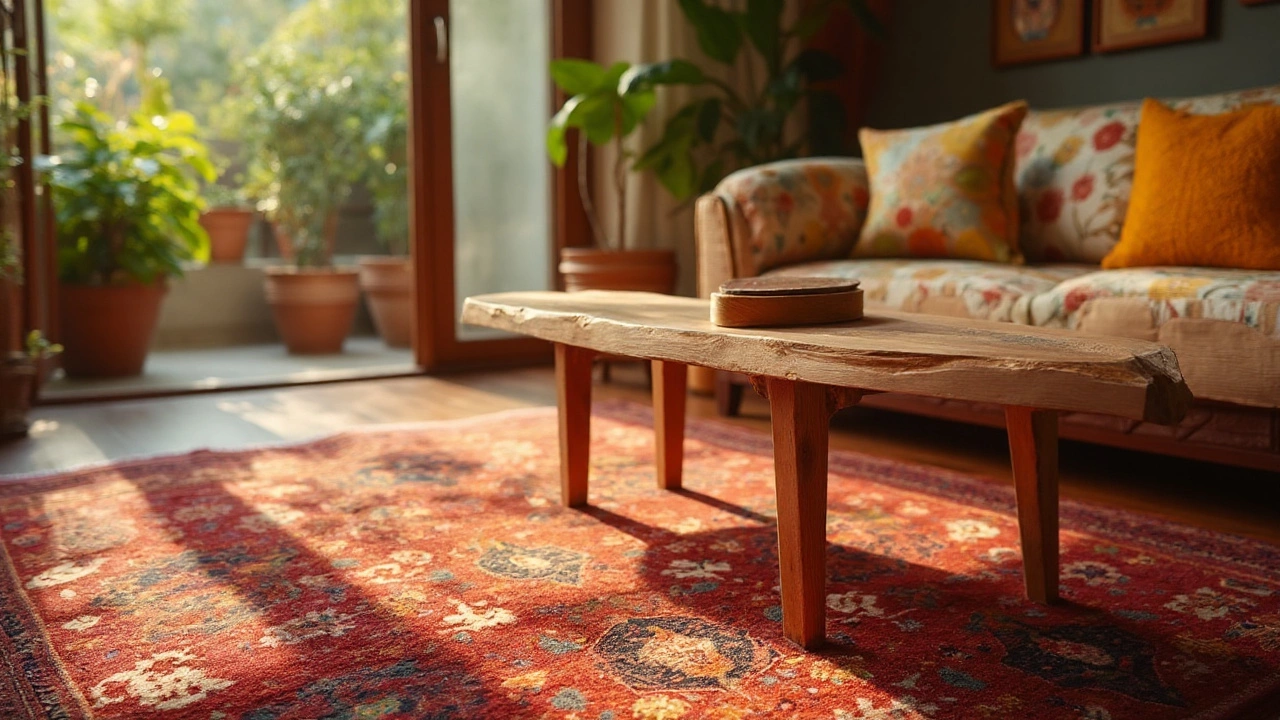Rug Pads: Why They Matter and How to Pick the Perfect One
Ever wonder why a nice rug can feel slippery or start bruising your floor after a few months? The answer is usually a missing rug pad. A good pad does three things: it stops the rug from sliding, cushions foot traffic, and protects the flooring underneath.
Whether you have hardwood, tile, carpet, or laminate, the right pad can extend the life of both the rug and the floor. Below, we break down the most important factors to consider, so you can choose a pad that fits your space without guessing.
What Types of Rug Pads Are There?
Rubber or rubber‑blend pads are the go‑to for anti‑slip performance. They stick to most surfaces, stay flat, and are durable enough for high‑traffic rooms like the living room or hallway.
Felt pads (often combined with a thin rubber layer) add a plush feel underfoot. They’re great for bedrooms or cozy sitting areas where comfort matters more than ultra‑strong grip.
Memory‑foam pads give the softest cushioning but can compress over time with heavy furniture. Use them under area rugs that don’t see a lot of weight.
How to Size and Layer Your Pad
Measure your rug first, then cut the pad about 1‑2 inches smaller on each side. A slightly smaller pad lets the rug’s edges bite the floor, which prevents the rug from shifting while still leaving a neat border.
If you have a thick rug or a very hard floor, consider a double‑layer approach: a thin rubber sheet for grip plus a felt layer for cushioning. This combo offers the best of both worlds—no sliding, extra comfort.
When you’re dealing with delicate flooring like bamboo or engineered wood, choose a low‑profile pad (¼‑inch thick) to avoid raising the floor too much. Too thick a pad can make doors stick or create an uneven look.
Maintaining Your Rug Pad
Most pads are low‑maintenance. Vacuum them occasionally to remove dust that can reduce grip. If a rubber pad gets sticky, a quick wipe with mild soap and water usually does the trick.
Felt pads absorb moisture, so keep them dry. If you spill something on the rug, lift it promptly and let the pad air out. A damp pad can develop mold over time.
Every few years, give the pad a visual check. Look for cracks, hard spots, or any loss of elasticity. Replacing an old pad is cheap compared to repairing a scratched floor.
Choosing the Right Pad for Your Budget
Basic rubber pads start around $10 for a 4 × 6 ft piece—perfect for a small runner. Premium felt‑plus‑rubber combos can climb to $30‑$40, but the added comfort is worth it in a bedroom or living room where you spend a lot of time barefoot.
Don’t skimp on quality. A cheap pad that loses grip quickly will let the rug slide, causing accidents and potentially damaging the floor. Investing a bit more up front saves money and headaches later.
Now you know the basics: pick a material that matches your floor, size it a touch smaller than the rug, and keep it clean. With the right rug pad, your rug stays in place, feels great underfoot, and protects the floor for years to come.
Coffee Table Care: What to Put on the Bottom for Style and Function
Discover which materials, pads, and design tricks work best for your coffee table's bottom. Prevent scratches, add style, and boost function in any living room.





